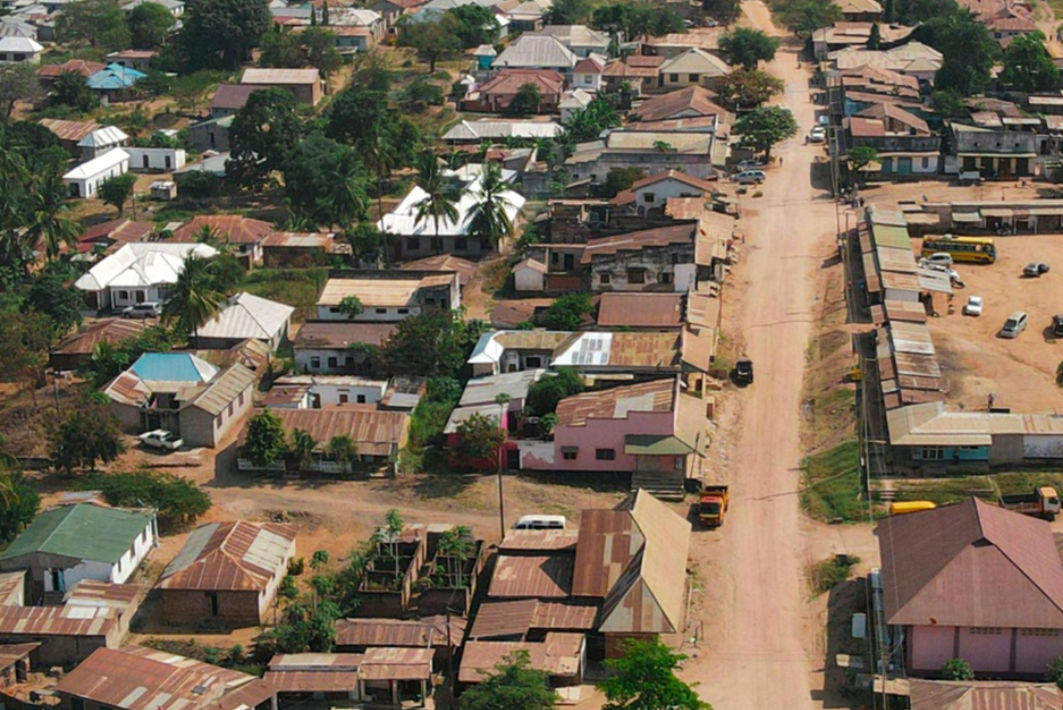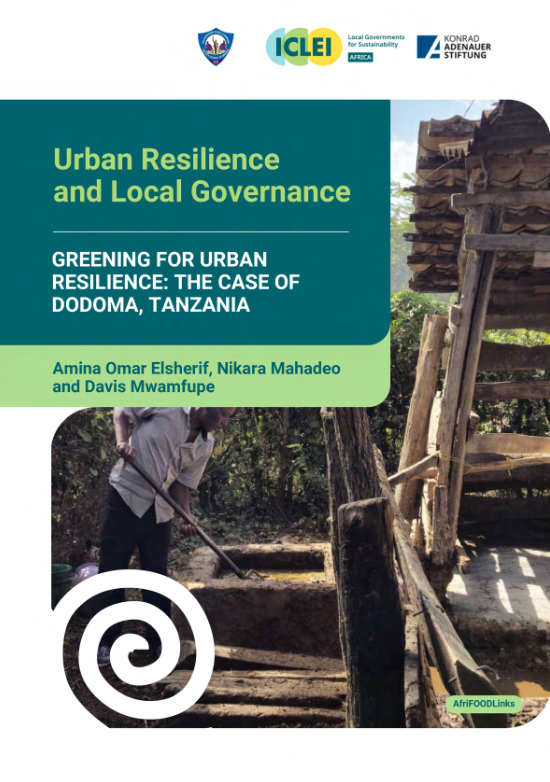Greening for Urban Resilience: The Case of Dodoma, Tanzania




Download:
About
Resource summary
URBAN RESILIENCE AND LOCAL GOVERNANCE SERIES
African cities face rapid urbanisation and unplanned growth, threatening biodiversity particularly in peri-urban, rural, and conservation areas on urban fringes. Inner-city green open spaces, which serve as green lungs in the cities, providing ecosystem services, are often not neglected or encroached upon. Urban greening and green infrastructure should thus be at the centre of urban planning as a means of attaining urban resilience. Urban green infrastructure planning can buffer cities in the face of adverse impacts through the diverse delivery of ecosystem services, and provide climate change mitigation by producing a variety of ecosystem services and having a proactive multi-function and multi-discipline approach. Green infrastructure provides various socioeconomic and cultural benefits to help cities build resilience, including cleaner air and water, recreation spaces, flood protection, diverse habitats, and beautiful green spaces.
Local governments are critical actors in championing the green urban development strategy and responding to climate and biodiversity challenges. Creating an enabling environment which integrates greening will positively influence their abilities to help urban communities become more resilient and achieve environmental, social, and economic benefits.


